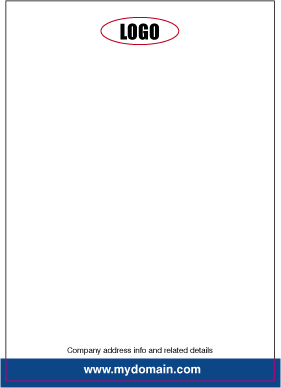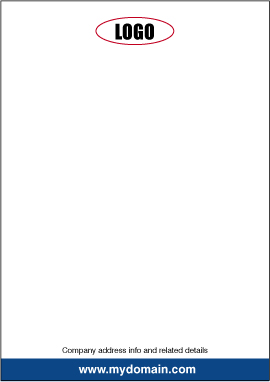QR Codes. What Are They?
 A QR code, (which is short for Quick Response) is a barcode technology developed in Japan, initially to track parts movements by vehicle manufacturers.
A QR code, (which is short for Quick Response) is a barcode technology developed in Japan, initially to track parts movements by vehicle manufacturers.
However, with QR codes numerous possibilities are now available specifically aimed at the mobile phone user.
A QR code can be used to display text, or add a vCard (contact information) or even just point to an internet address (URL).
Providing your phone has a camera, and is able to utilise ‘apps’, then you are able to generate your own QR code by downloading a free QR code reading app.
The possibilites for using QR codes are endless. The Royal Dutch Mint for instance have even incorporated a QR code on the reverse design of some gold and silver commemorative coins. On scanning the code, further details are given about the coins, which represent the 100th anniversary of the Mint building.
QR code technology is huge in Japan and the Far East but is steadily being taken up here in the West. From Billboards to aeroplane liveries to soft drink packaging, QR codes are being used in business in very creative ways.
I have a smart phone, how do I read a QR code?
Firstly you’ll need the QR code reading app installed on your phone before you can get scanning. There are many free ones on the market, here’s a small selection.
- Android – QR Droid
- iPhone – QR Reader for iPhone
- Blackberry – Scanlife Barcode Reader
How do I generate my own QR code, and is it free?
You can actually do it on your phone, (once you’ve downloaded the app), however, there are many websites that will allow you to do it for free online, which is the best route as you can test the QR code produced before having it printed or posted on your website.
Here’s a link to site that will show you how easy it is to generate your own code: QRStuff.com
Quick Response codes in your marketing
The possibilities are endless, but some obvious uses would be:
Business Cards
All the contact information that’s presently shown on your business card could be stored on a QR code and printed on your card. This means the receiver no longer has to make sure the card isn’t lost, as he/she can instantly grab your details and save them to the contact list on their smartphone.
Website Contact Page
This will help regular visitors to your site to quickly add your contact details to their phone.
Product Packaging
All sorts of uses however, an obvious one would be to have all the installation instructions on the QR code, or a link to the manufacturer’s website that may have a video showing the installation process.
House For Sale Signs
Many estate agents these days are using 360° video tours of a property. A code on a sign could link to a video on the agent’s site. As you drive past the house, you could scan the QR code and see if the interior is what you expect before involving the agent, keys, viewing appointment, etc.
Magazine & Newspaper Advertising
To backup the advert you could have full contact details, or even just your website URL. Doctors & Dentist waiting rooms are always full of magazines so handy to be able to collect some contact details from adverts of interest just by scanning with your phone.
Luggage Tags
Always handy to have extra contact details on your luggage.
T-Shirts / Clothing
You could have your business contact details displayed on the back of a T-Shirt in QR code format, or even just an amusing message. People behind you would definitely be curious as to what your code says!
I’ve only scratched the surface when it comes to ideas for using your QR code however, it follows that adding the code to certain items of stationery is also going to be beneficial. From a print point of view, it’s a very easy process to add your QR code to business cards, printed envelopes, brochures, invoices etc.
If you have any ideas on how to use QR codes creatively, why not share them with us by leaving a message in the comment box below.



Leave a Reply